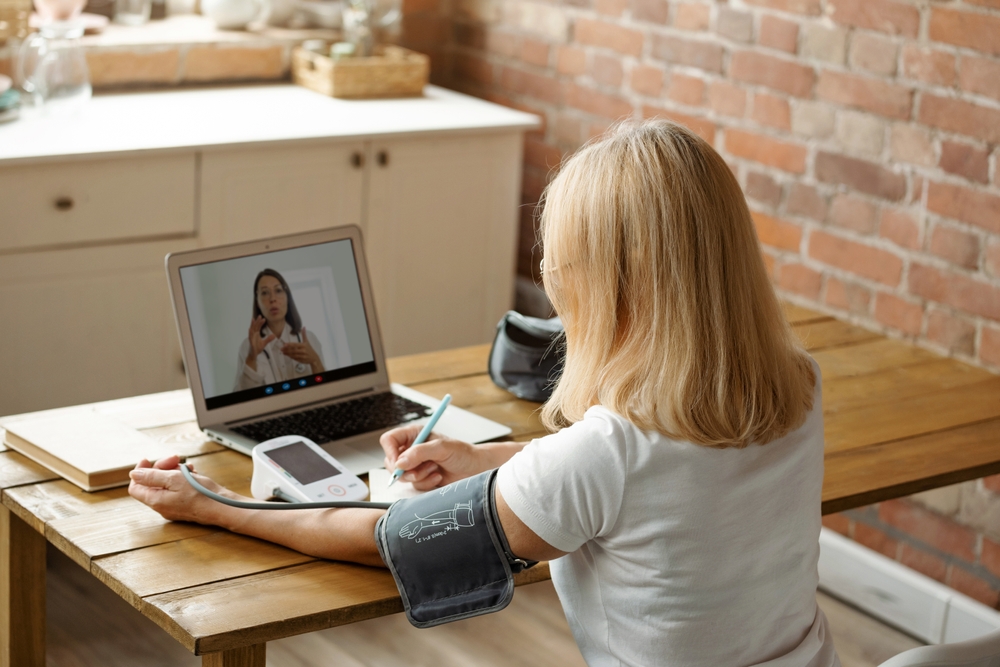It started with a phone call.
James, a retired firefighter recovering from a heart attack, had just been discharged from the hospital. His doctor recommended cardiac rehabilitation, but the nearest center was 90 miles away. “I didn’t think I’d be able to do it,” James recalls. “Then my nurse told me about a program I could do from home. That changed everything.”
James is one of thousands of patients benefiting from a new wave of innovation in cardiac care: telemedicine and home-based cardiac rehabilitation. These programs are not just convenient, they’re transforming outcomes, improving adherence, and making recovery more accessible than ever before.
Why Cardiac Rehab Matters
Cardiac rehabilitation is a structured program known for combining exercise, education, and emotional support to help patients recover from heart events like heart attacks, surgeries, or chronic conditions. Traditionally, these programs have been center-based, requiring patients to travel multiple times a week for supervised sessions.
But here’s the challenge: less than 20% of eligible patients in the U.S. participate in cardiac rehab. Barriers like transportation, cost, work schedules, and caregiving responsibilities often stand in the way.
The Shift to Home-Based Care
Enter home-based cardiac rehabilitation (HBCR),a model that brings care to the patient, wherever they are. Supported by telehealth platforms, wearable devices, and remote coaching, HBCR is proving to be just as effective as traditional programs.
The American Heart Association and American College of Cardiology, HBCR offers a reasonable option for clinically stable patients who cannot attend center-based programs. It’s not just a backup plan, it’s a breakthrough.
Technology That Heals
Innovations in cardiac rehab are making it easier for patients to stay engaged and motivated:
- Virtual platforms offer interactive exercise sessions, educational modules, and real-time feedback.
- Wearable devices track heart rate, activity levels, and sleep patterns, empowering patients to monitor their progress.
- Telehealth consultations provide personalized care plans and emotional support without the need for travel.
Dr. Payal Patel, a cardiologist and researcher, notes: “Technology has become a powerful ally in cardiac rehabilitation, addressing accessibility, personalization, and continuity of care.”
Evidence That Inspires
A 2023 meta-analysis found that patients who participated in home-based cardiac telerehabilitation showed significant improvements in physical function and lipid profiles compared to those in traditional care. And programs like Movn Health, developed in collaboration with Stanford University, report a 97% medication adherence rate and 50% reduction in depression and anxiety among participants.
Dr. Bruce Coplin, SVP at CDPHP, shares: “We’ve long wanted to address barriers to completing cardiac rehab. With virtual care, we’re finally able to offer a state-of-the-art, evidence-based solution that fits into patients’ lives.”
The All’s Well Perspective
At All’s Well, we believe healing should be human. As we continue to support healthcare professionals and facilities nationwide, we’re proud to champion innovations that make care more compassionate, more connected, and more effective.
Whether you’re a provider looking to expand your reach or a healthcare professional seeking meaningful work, telemedicine in cardiac rehab is a space where your impact can be felt one heartbeat at a time.




